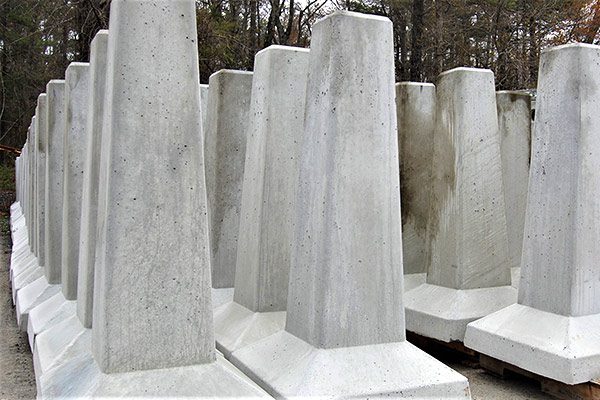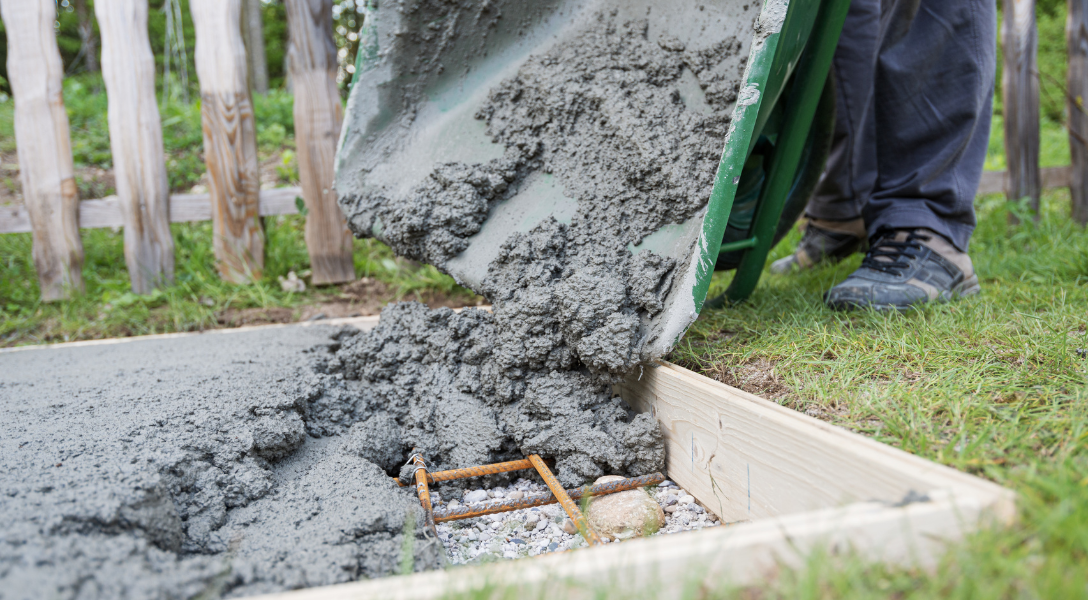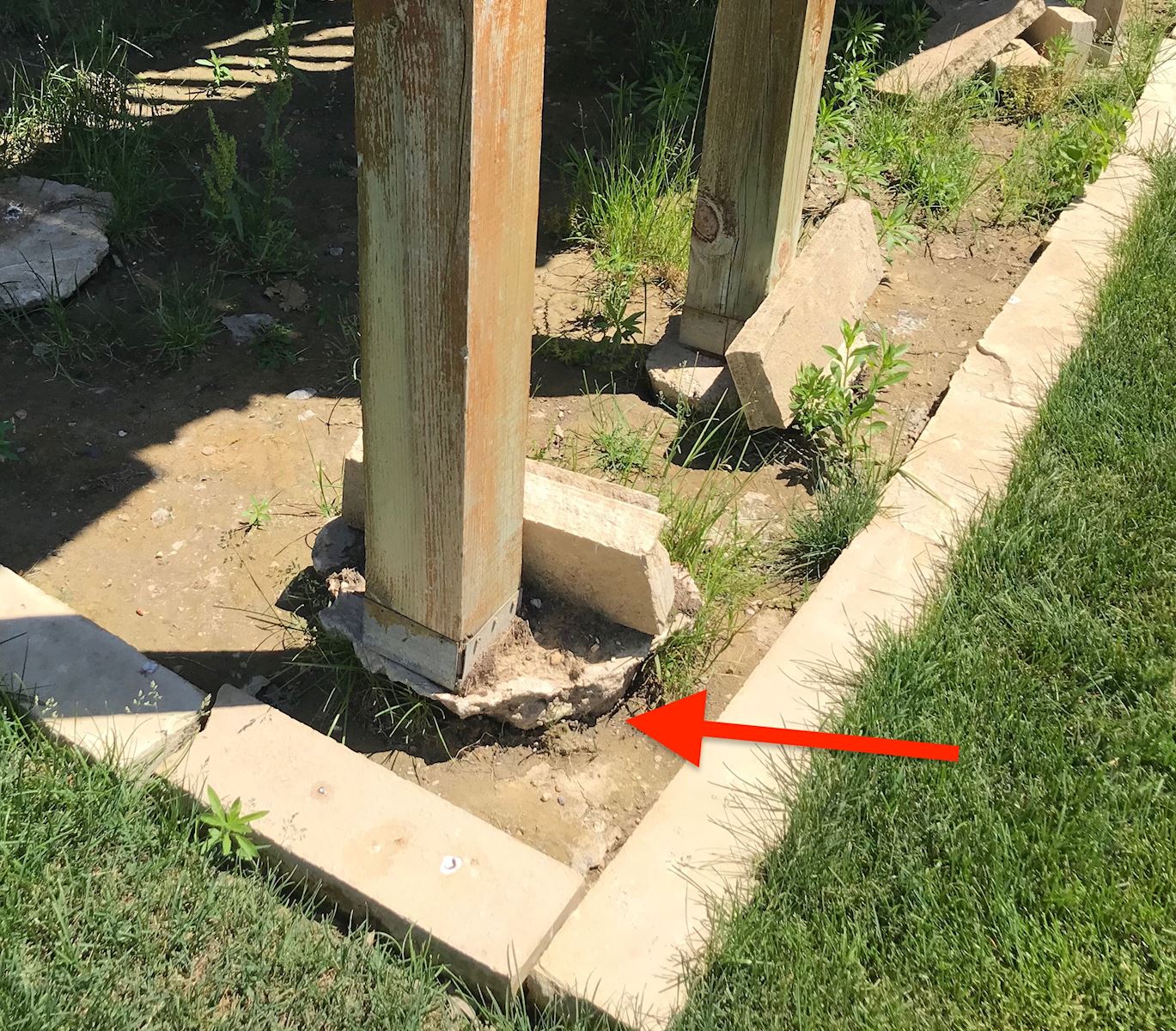Architectural Integrity Issues: Choosing the Right Deck Footings for Your Outdoor Task
Architectural Integrity Issues: Choosing the Right Deck Footings for Your Outdoor Task
Blog Article
Ensure Stability and Durability With Effectively Set Up Deck Grounds
Deck footings might not be one of the most glamorous element of deck building, but they play an essential function in guaranteeing stability and longevity. Effectively set up footings give a solid structure for your deck, avoiding usual problems like drooping, shifting, and also collapse. Selecting the best type of footing and appropriately installing it can be a complicated procedure. In this conversation, we will certainly discover the significance of appropriate deck footings, aspects to take into consideration throughout installation, different sorts of footings offered, detailed setup overview, and upkeep ideas for ensuring lasting footings. So, if you intend to make sure the security and long life of your deck, maintain reviewing to uncover the vital understandings to attain a structurally sound and resilient outdoor space.

Value of Correct Deck Footings
Why are effectively mounted deck grounds critical for the security and long life of your deck? Deck grounds are the foundation on which the deck rests, transferring the tons from the deck to the ground.
First of all, appropriately set up deck footings distribute the weight of the deck evenly, preventing any uneven settling or sinking. This is specifically important in areas with unstable dirt, as it aids to alleviate the threat of the deck collapsing or shifting. Additionally, well-installed footings make certain that the deck continues to be degree, stopping any type of architectural damage that can occur when a deck becomes unequal.
Secondly, properly set up footings supply a solid support for the deck, stopping excessive activity and persuade. This helps to preserve the structural honesty of the deck, minimizing the risk of crashes or injuries. It additionally reduces the wear and tear on the deck, enabling it to endure the components and routine usage for a longer period of time.
Variables to Think About for Deck Ground Setup
When setting up deck footings, there are several vital variables to take into consideration for appropriate setup. Different dirt kinds have different load-bearing capacities, so it is crucial to perform a dirt test to make certain the grounds can support the weight of the deck and its occupants. By taking right into account these aspects, you can guarantee the appropriate installment of deck grounds and delight in a resilient and stable deck.
Sorts Of Deck Grounds to Select From
There are a number of various kinds of deck grounds offered for you to select from. Each type has its very own advantages and disadvantages, so it's necessary to consider your certain needs and the problems of your deck before making a choice.
One common kind of deck ground is the concrete footing. This involves digging openings in the ground and pouring concrete into them to develop a strong foundation. Concrete footings are sturdy and give exceptional stability, making them suitable for decks in locations with difficult soil problems or high wind tons.
Another option is the helical pier ground, which consists of a steel shaft with helical plates that are screwed right into the ground. These grounds fast to mount and can be utilized in various dirt kinds, including sandy or clay dirts. They are also flexible, enabling easy progressing of the deck.
Sonotube footings are an additional prominent choice. These grounds are produced by positioning a cardboard tube in a hole and loading it with concrete. Sonotube footings are reasonably simple to install and supply sufficient security for smaller decks or in locations with less requiring soil problems.

When choosing the sort of deck footing, it's essential to consider factors such as soil problems, deck dimension and weight, neighborhood structure codes, and individual preferences. By selecting the appropriate footing kind, you can make certain the security and durability of your deck.
Step-by-Step Guide for Installing Deck Footings

Establish the location: Start by noting the exact position of each ground making use of stakes and string (Deck Footings). Take into account any type of neighborhood building codes or guidelines pertaining to setback distances
Dig the openings: Make use of a post hole digger or an auger to dig the holes for the footings. Typically, a deepness of at the very least 36 inches is advised for security.
Degree the openings: Make certain that the bottoms of the holes are level (Deck Footings). This can be accomplished by making use of a More Help degree or a straight board throughout the top of the openings
Include crushed rock: Area a layer of crushed rock at the base of each opening to improve drain and protect against the ground from penetrating the dirt over time.
Place the ground types: Place the ground develops into the holes, guaranteeing they are focused and level. Use stakes to protect them visit here in position.
Mix and pour concrete: Comply with the instructions on the concrete mix bag to prepare the concrete. Put the concrete into the ground types, loading them entirely.
Smooth the surface area: Utilize a trowel to smooth the surface of the concrete and get rid of any type of air pockets. Allow the concrete to cure according to the maker's instructions.
Upkeep Tips for Resilient Deck Footings
Correct upkeep is crucial for making certain the durability and security of deck footings. By regularly examining and keeping your deck footings, you can protect against damage and prospective security dangers.
Normal cleansing is likewise crucial for keeping deck grounds. Plant life, debris, and dust can collect around the footings, which can bring about moisture accumulation and decay. Cleaning up the footings on a regular basis, making use of a stress or a brush washing machine, can help stop these concerns and expand the lifespan of your deck.
Along with cleansing, it is necessary to maintain the location around the footings clear of any blockages. Prevent piling items against the footings or allowing plants to grow too close to them. These blockages can catch moisture and trigger the grounds to deteriorate with time.
Last but not least, regular resealing of the grounds is suggested to protect them from wetness and various other ecological factors. Applying a waterproof sealer can help protect against water damages and prolong the life expectancy of the grounds.
Verdict
In conclusion, proper installation of deck footings is crucial for making sure security and long life of your deck. Aspects go such as dirt type, tons capability, and local building regulations need to be considered when choosing the appropriate type of deck grounds. Following a step-by-step overview for installation and regular upkeep will aid to make sure the grounds remain durable and long-lasting.
In this discussion, we will certainly explore the importance of appropriate deck grounds, variables to consider throughout installment, different kinds of grounds readily available, detailed installation guide, and upkeep tips for guaranteeing durable grounds. Deck grounds are the foundation on which the deck relaxes, transferring the lots from the deck to the ground.One usual type of deck ground is the concrete footing. Place the ground types: Put the ground develops right into the openings, ensuring they are focused and degree.In final thought, proper setup of deck footings is critical for making sure stability and durability of your deck.
Report this page